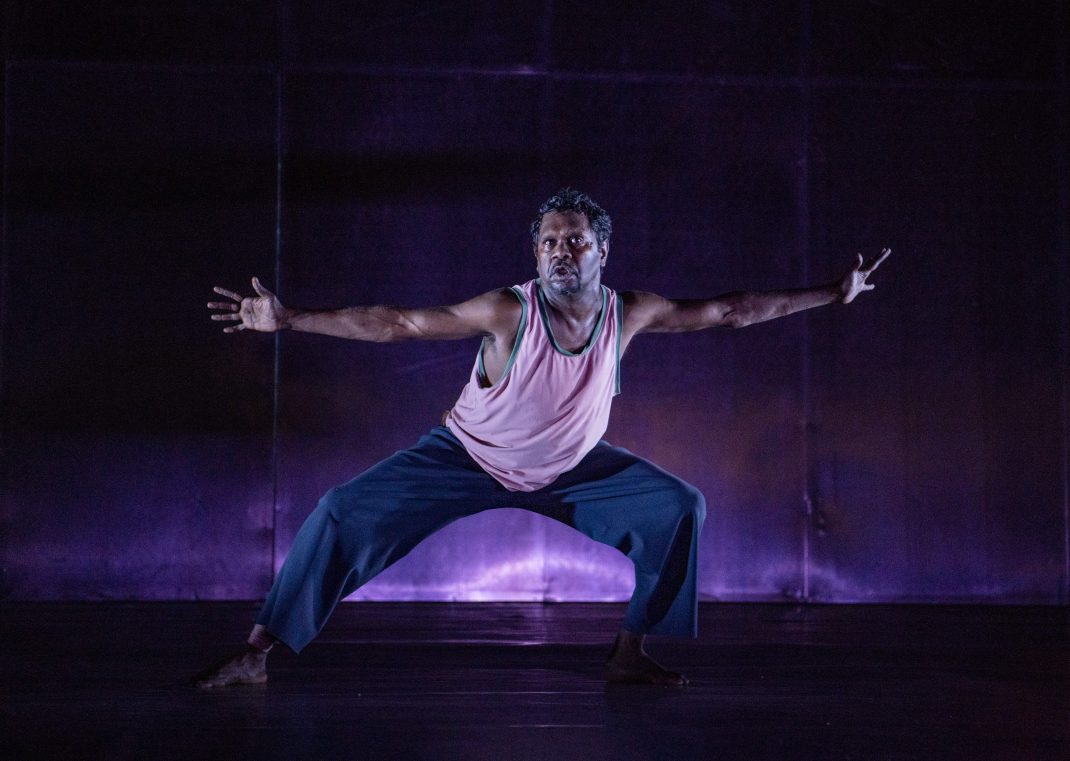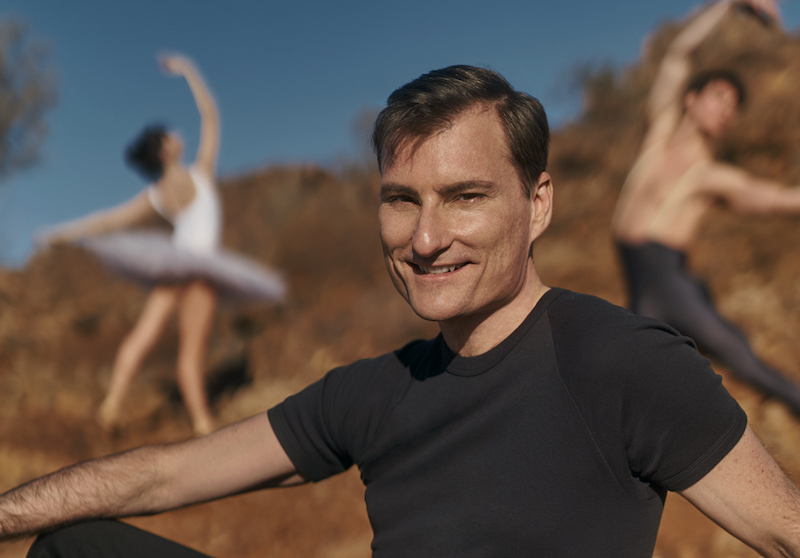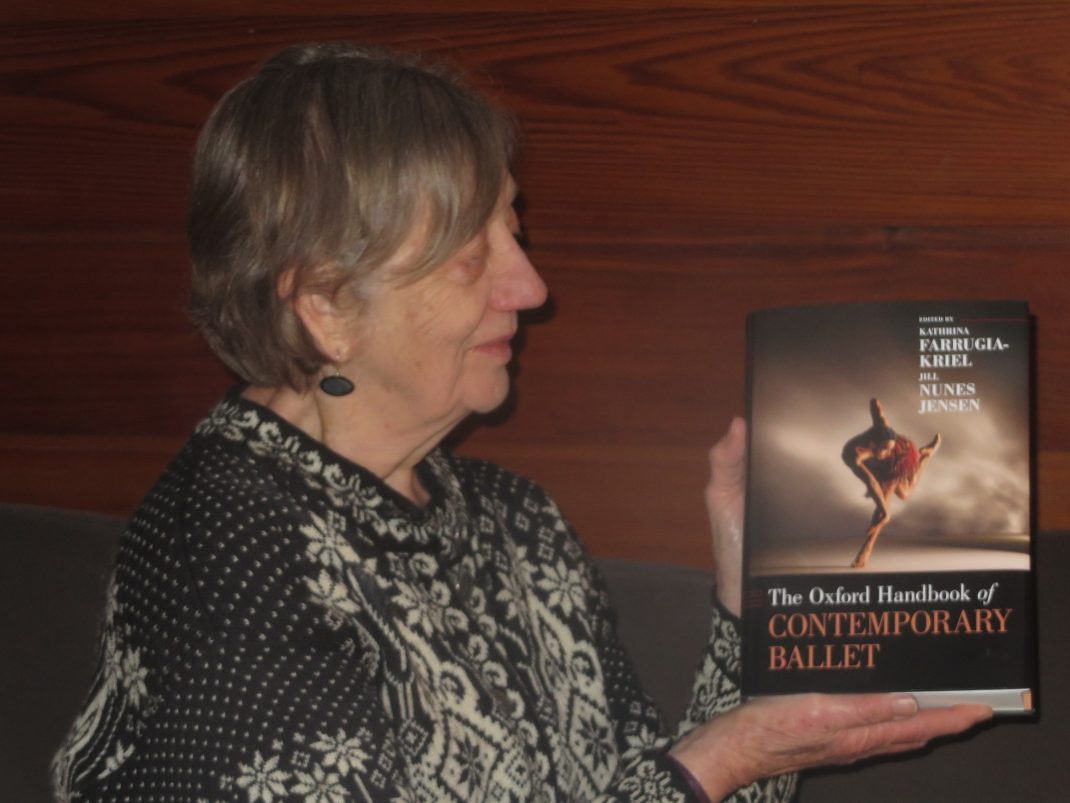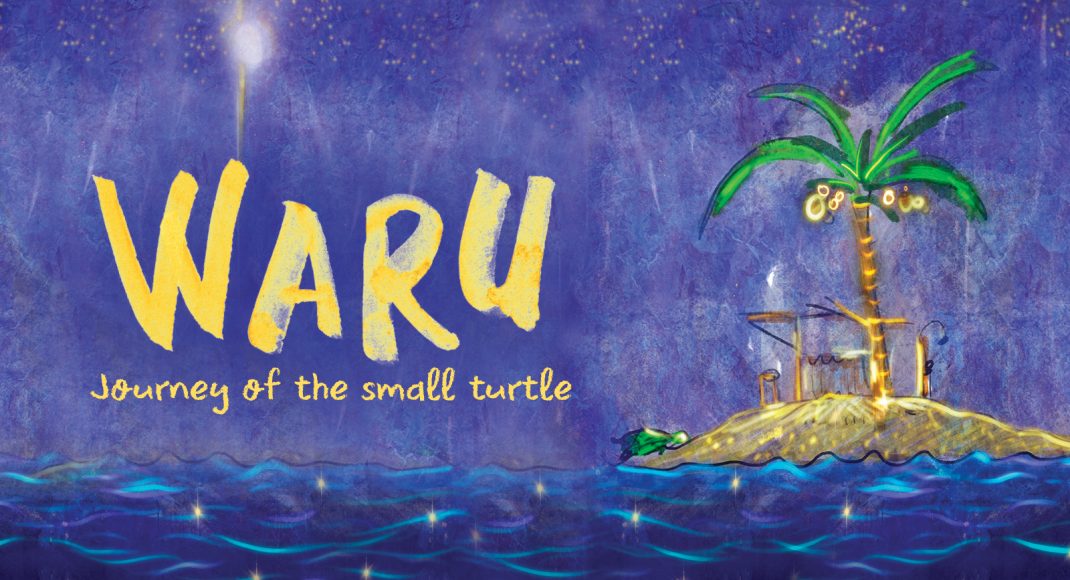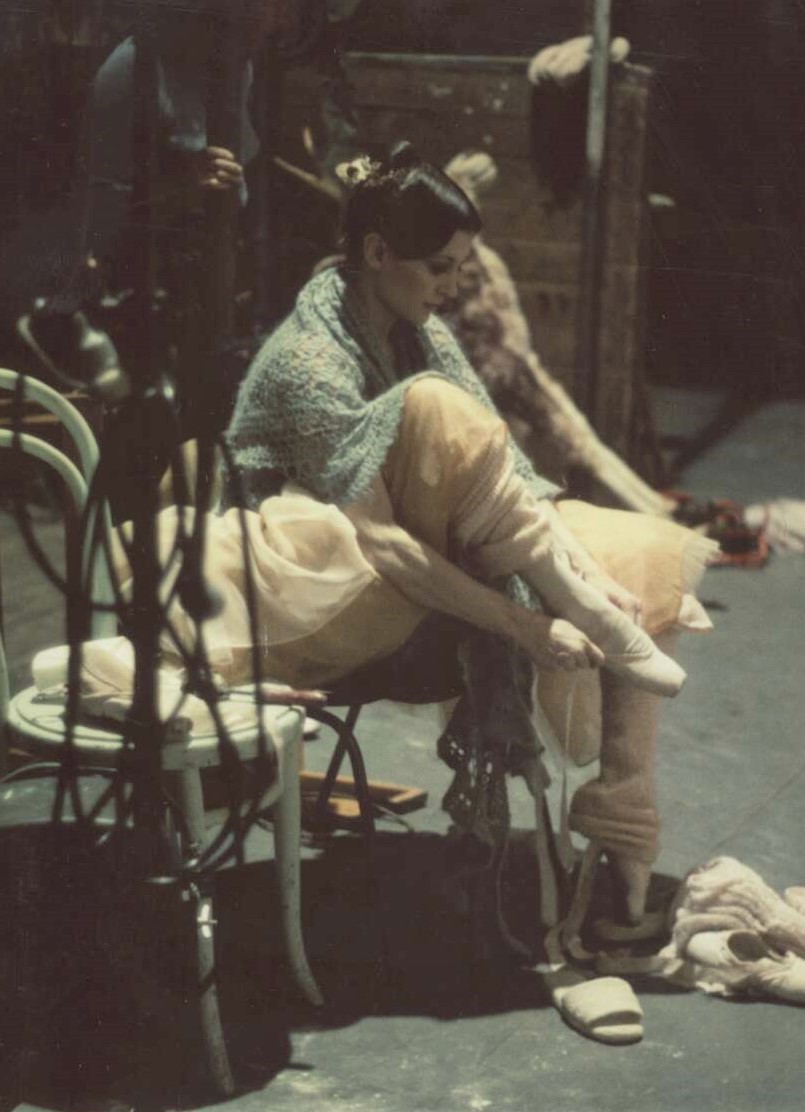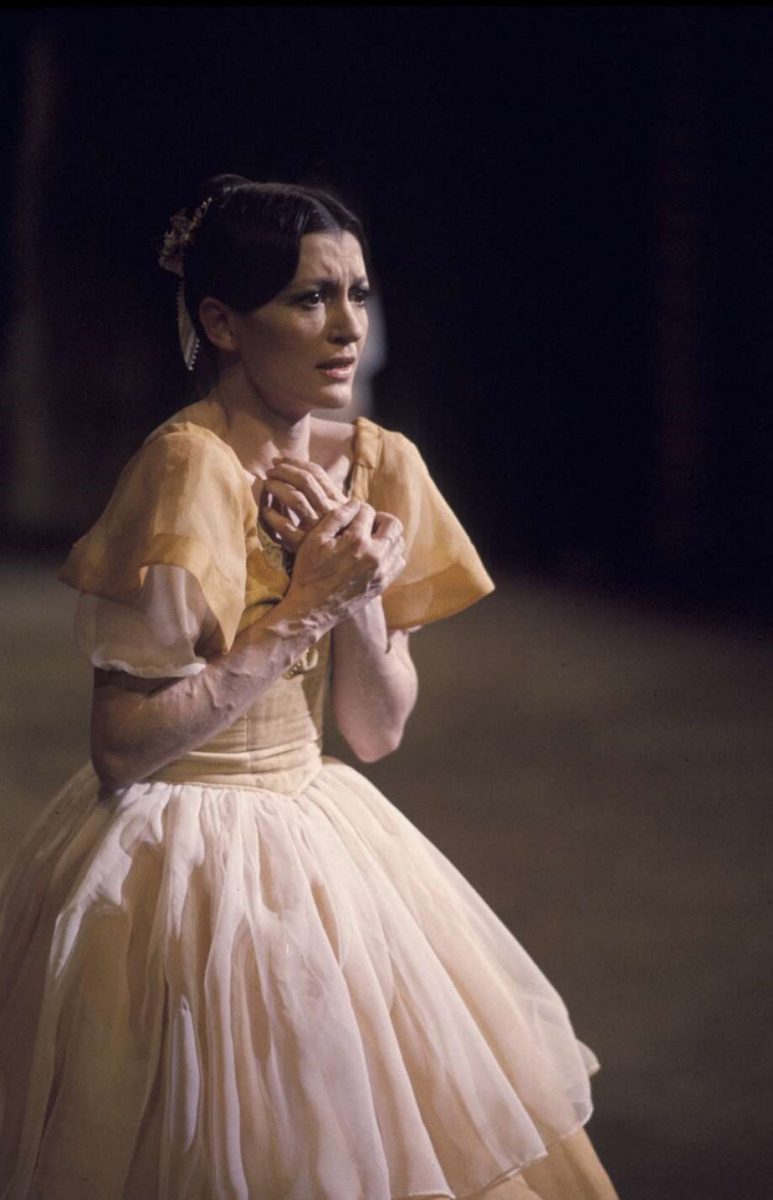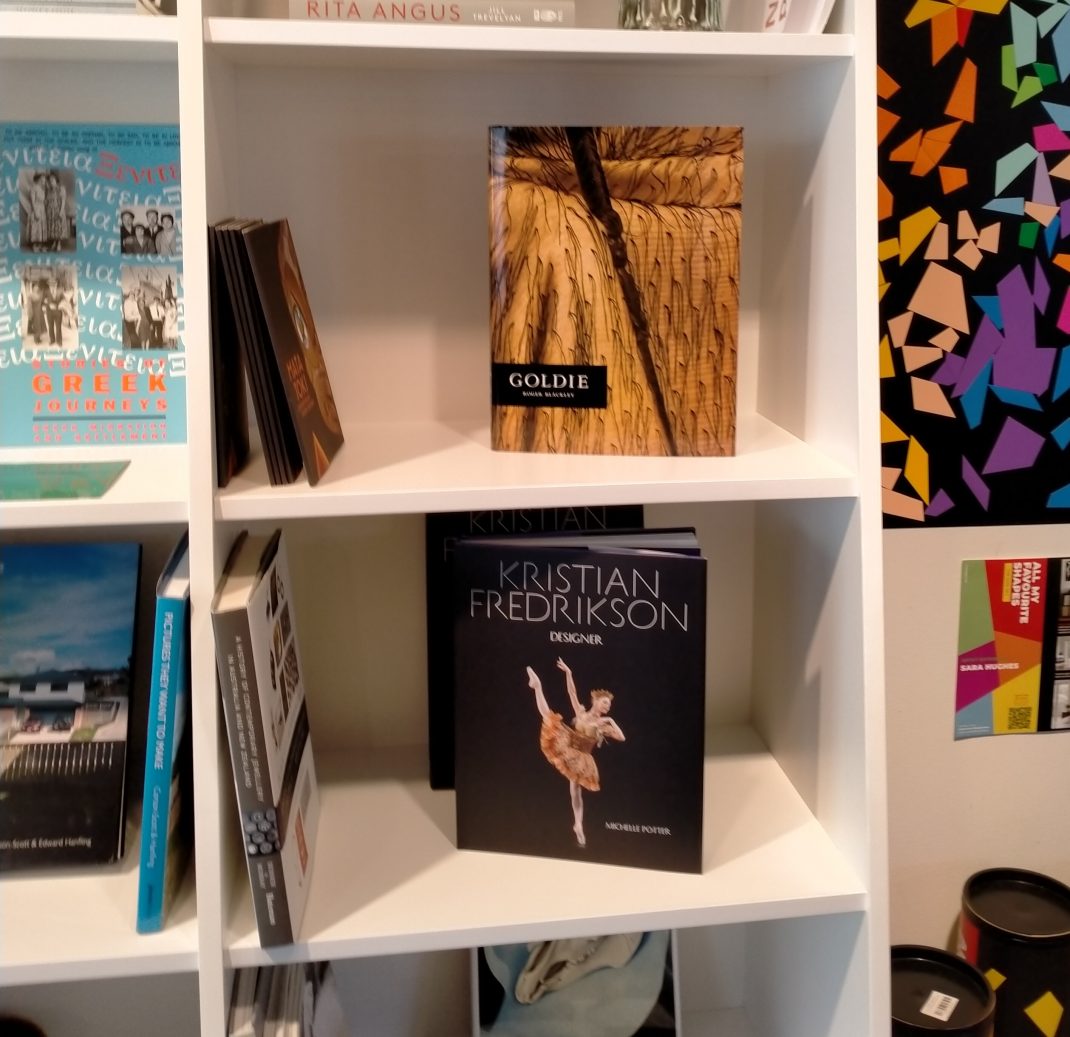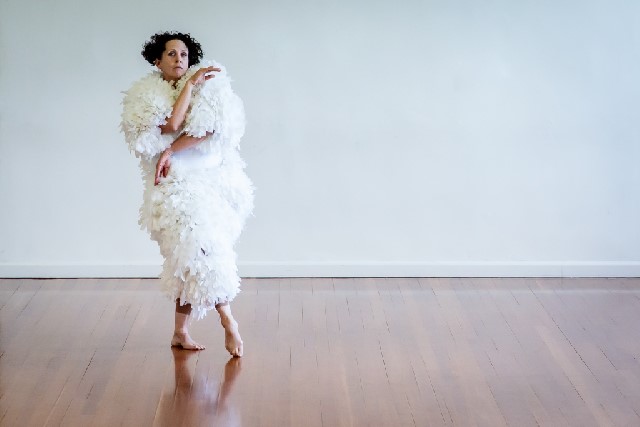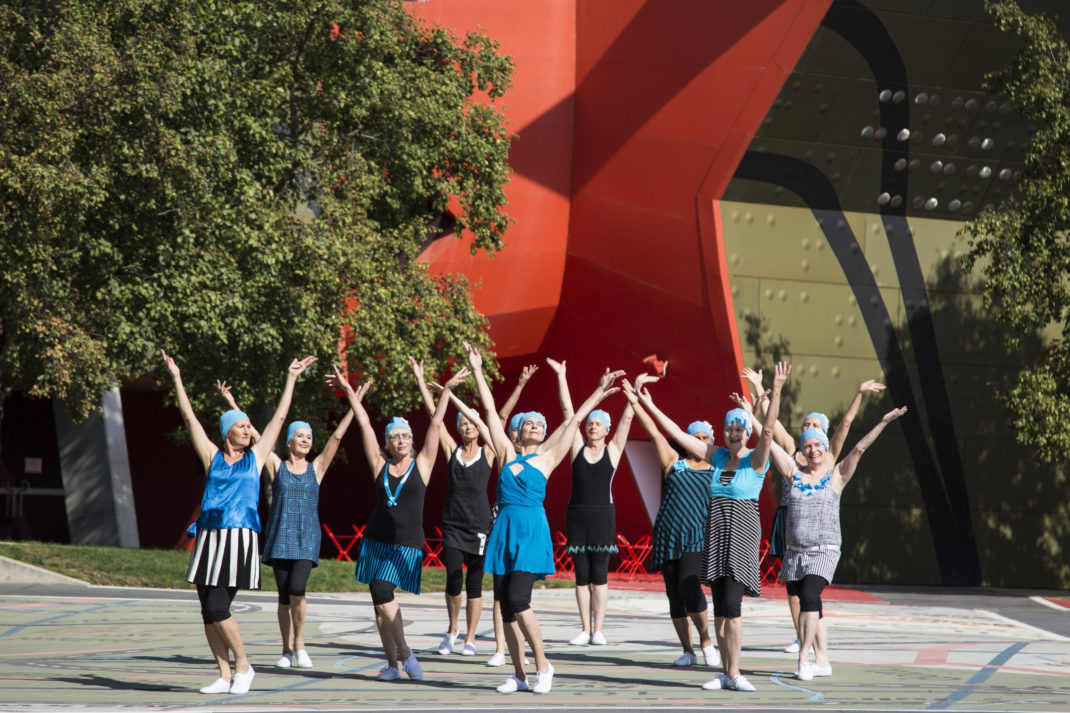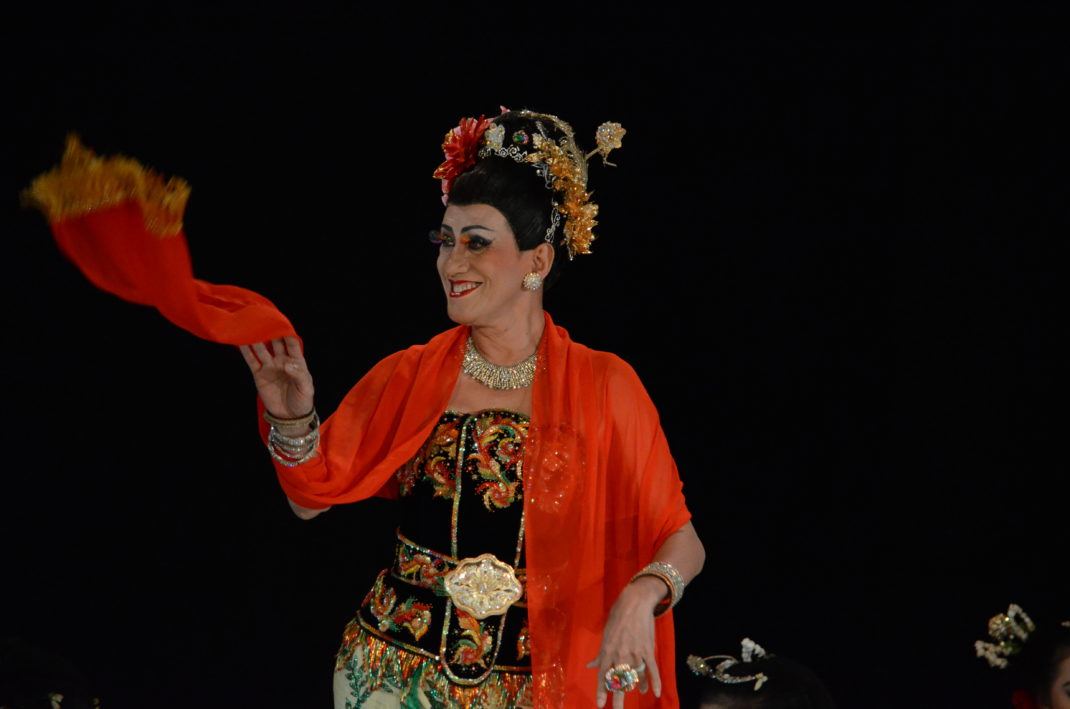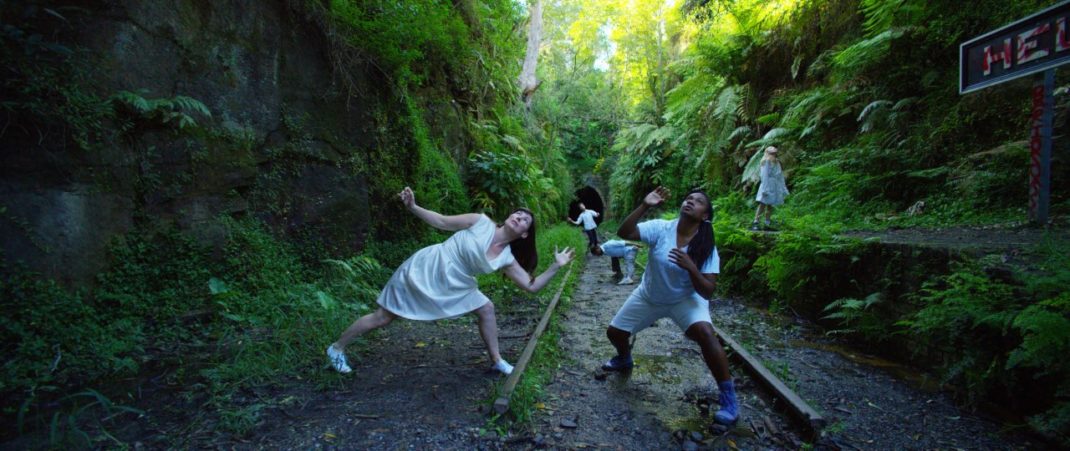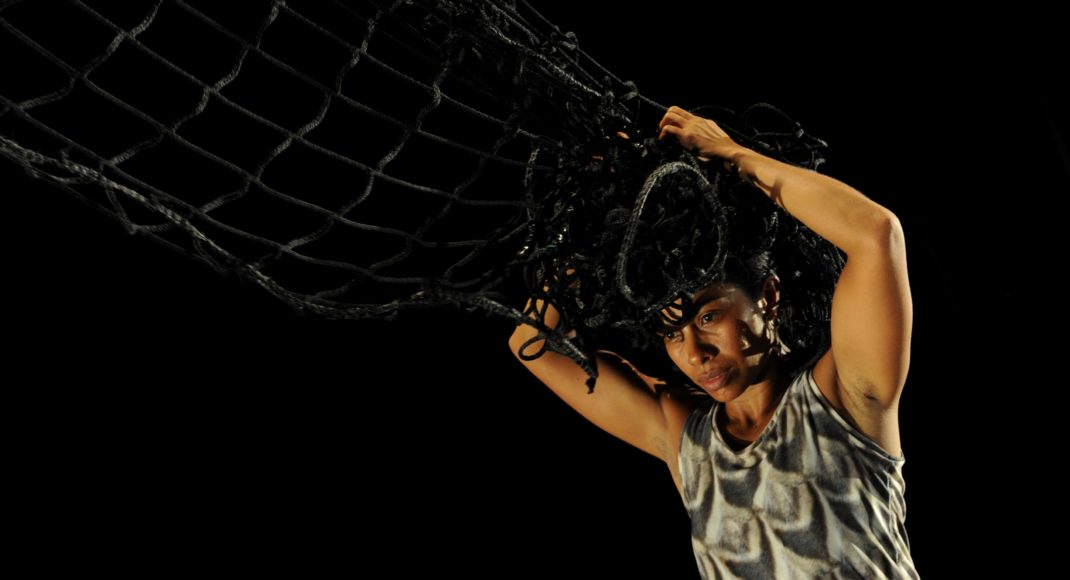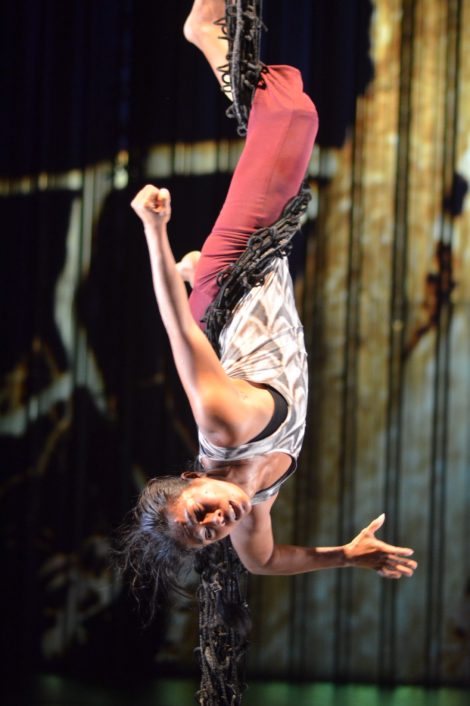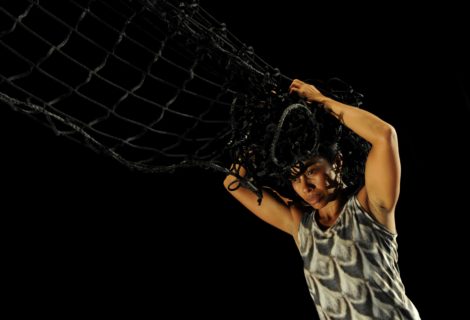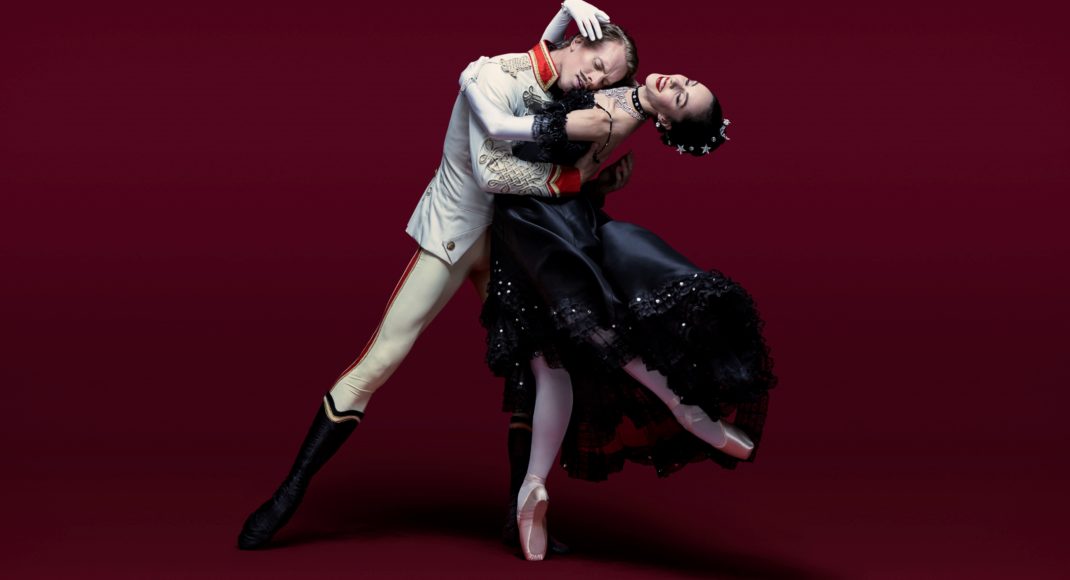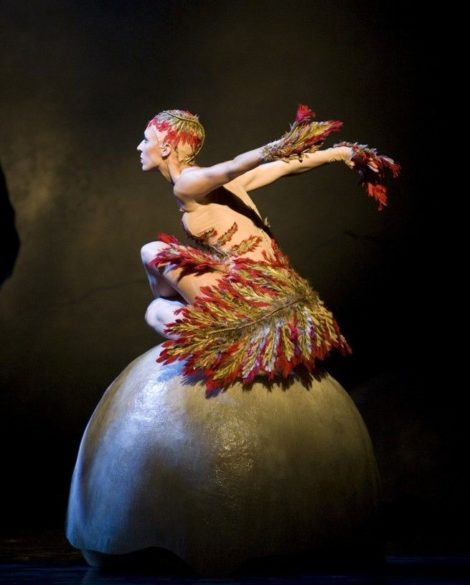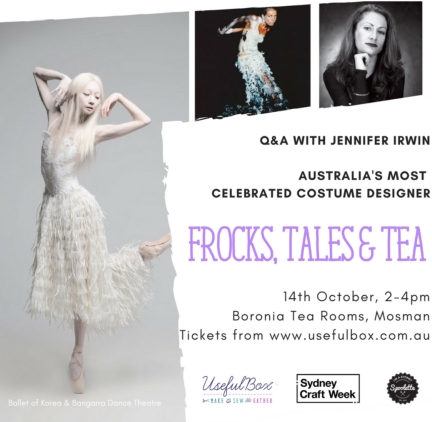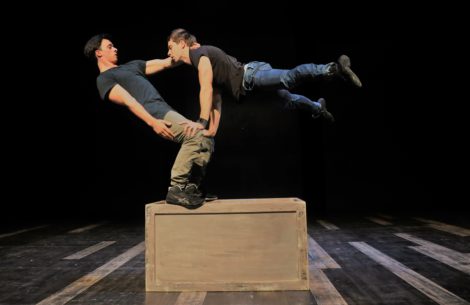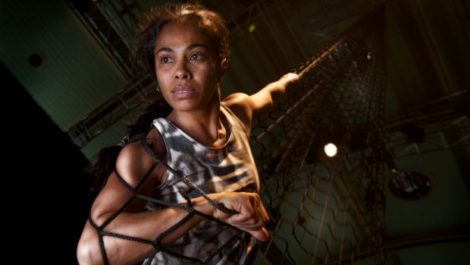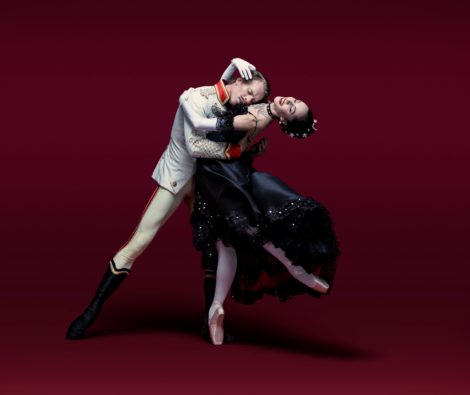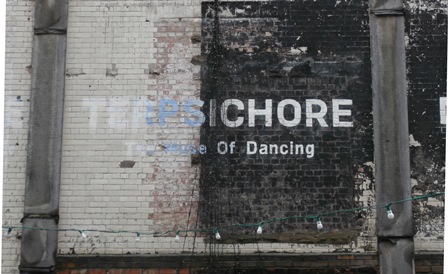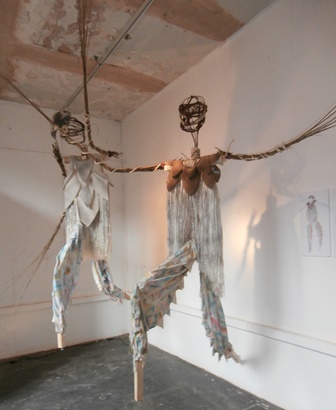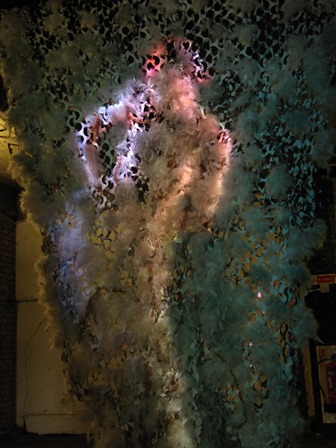Below is an expanded version of an article published in print and online by The Canberra Times on 28 January 2019.
Canberra’s remarkable performer, mentor and choreographer, Liz Lea, has once again taken on the mammoth task of presenting BOLD, a festival she founded in 2017 in anticipation of it becoming a biennial event. In that inaugural year, Lea boldly did the whole thing without any external funding. At least this year she managed to secure some financial backing so, while life for her at the moment may still hold a myriad of organisational problems, at least there are fewer financial concerns. And as BOLD patron, Dr Elizabeth Cameron Dalman of the Lake George-based Mirramu Creative Arts Centre, says:
Making a career in the arts, particularly in dance, is not an easy pathway. It requires skill and discipline, both a flexible body and a flexible mind, determination and a great deal of audacity. One needs to be ‘bold’.
In its extensive program of talks, film showings, workshops and performances, BOLD II will focus on the legacy and heritage of dance in Australia and elsewhere, but will also have a strong focus on diversity of practice and issues of gender and ethnicity.
Indigenous artists will play a prominent role. A soft launch by the senior group from Tasmania, MADE, will be held at the Dickson Tradies Tramway Bar on the afternoon of March 13. It will be followed that evening by the official launch—a performance by Vicki van Hout whose indigenous heritage is with the Wiradjuri people of New South Wales. Van Hout will perform her recently created solo plenty serious TALK TALK at QL2 Theatre, Gorman Arts Centre. The work examines the consultative process that characterises the creation of indigenous and van Hout has been reported as saying:
Even if I am on stage by myself, as an artist, I am never truly alone as I am bound to bring my family, my peers and mentors to work with me. In this piece, I decided to place the usual behind-the-scenes action of the indigenous arts making process front and centre.
Another indigenous performer we can look forward to seeing is violinist Eric Avery, who may be remembered as the musician who played violin for Lea’s earlier work made with Tammi Gissell, Magnificus, magnificus. Avery, who also dances with Marrugeku, a company operating between Broome in Western Australia and Carriageworks in Sydney, will amongst other activities, lead a dance through Parliament House, creating choreography while playing live.
Not all performances will take place in theatre venues. In addition to Avery’s activities at Parliament House, there will be performances at the National Portrait Gallery (as happened in 2017), and several performances will take place at lunchtime on the podium outside the National Library. On March 14 Katrina Rank, who in 2018 was the recipient of an Australian Dance Award for Services to Dance, will perform her solo, Birdwatching. On the following day Canberra’s senior ensemble, the GOLDS, will also be on the podium performing Annette from Lea’s collaborative and award-winning work Great Sport! .
The GOLDs in Liz Lea’s Annette, 2016. Photo: © Lorna Sim
Several international performers are also taking part this year, including Javanese dancer Didik Hadiprayitno,whose approach to dance certainly highlights the theme of diversity of practice. He is a cross-dresser who impersonates women in his performances of traditional Javanese and Balinese dance. Lea first encountered his work in 2017 when she was appearing at a festival in Java, which Hadiprayitno was directing. Lea recalls:
It was an outdoor festival with the theme of Gods and Goddesses. It rained and there were umbrellas everywhere, even on top of lights. But it was extraordinary. I wanted to bring so many of the dancers to Australia for BOLD but in the end was only able to bring Hadiprayitno.
Indonesian cross-dresser Didik Hadiprayitno. Photographer not identified
Also coming from Asia, this time from Singapore, is violinist, Kailin Yong, whom many in Canberra will remember from last year’s 40th anniversary performance by Canberra Dance Theatre when he performed with Anca Frankenhaeuser in MIST. For BOLD II Yong will be bringing along his wife and young child, who will feature in a trio that ex-Canberran Stephanie Burridge is creating on the family. Yong is also composing new music for a solo for Frankenhaeuser, and another Canberra-based dancer, Debora di Centa, will also perform with Yong as accompanist.
Former Canberrans will also feature throughout the festival. Sue Healey, who led a dance company, Vis-à-vis Dance Canberra, for several years in the 1990s, and who has since made a career as an award-winning film maker, will show a selection of her most recent short films at the National Film and Sound Archive on March 15. They include selections from En route, a film made as part of a public art installation project for Wynyard railway station in Sydney. En route was shot at various disused stations and railway lines across New South Wales and features several performers with Canberra connections including James Batchelor and Elizabeth Cameron Dalman, Dalman will also feature in others of Healey’s films including in Weerewa, a collaborative venture with the Taiwanese group Danceology.
Still from En route. Courtesy Sue Healey
Paige Gordon, whose company Paige Gordon and Performance Group was also a significant force in Canberra in the 1990s, will speak at the festival. Her talk goes back to a moving work she made in Canberra called Shed. A place where men can dance. The reaction to Shed inspired Gordon’s current path of working with people across the community, and helping them to move and be moved by dance.
A new feature for the 2019 festival, which Lea anticipates will be a permanent feature of future BOLD festivals, is the BOLD lecture in honour of Janis Claxton. Claxton, who died last year, was an Australian who graduated from the Queensland University of Technology, and who went on to make an impact on the contemporary dance world in the United Kingdom and elsewhere in Europe and America. Lea explains:
She was a feisty woman. I first saw her work in the 1990s and was impressed by the way she was promoting gender equality and working in non-traditional spaces. She contacted me just before she died and I was moved that she had done that. She was a bold artist and I wanted to honour her.
This year the BOLD lecture will be delivered by Claire Hicks, director of Critical Path the Sydney-based organisation fostering choreographic research and development. Other keynote speakers for 2019 are Karen Gallagher, Padma Menon and Marilyn Miller.
Perhaps what is most interesting for Canberra audiences is the way BOLD II will reflect the legacy of Canberra dance over several decades. And as we look at the past, we can also see a future. The finale to BOLD II, however, will be less about dance and more about what Canberra has to offer visitors. On Sunday March 17 the BOLD Balloon Breakfast will take place with participants watching the launch of hot air balloons at the Canberra Balloon Spectacular. The breakfast will be followed later that morning by JUICE, a closing performance by the Canberra group Somebody’s Aunt at McKellar Ridge Wines at Murrumbateman. A wine tasting will follow.
A schedule of events (subject to change according to injuries and other matters that inevitably affect dance artists) is available on the BOLD website . It indicates the many artists and speakers from Australia and across the world who have not been specifically mentioned here. Registrations are now open.
Michelle Potter, 28 March 2019
Featured image: Katrina Rank in costume for Birdwatching. Credit Robert Wagner
